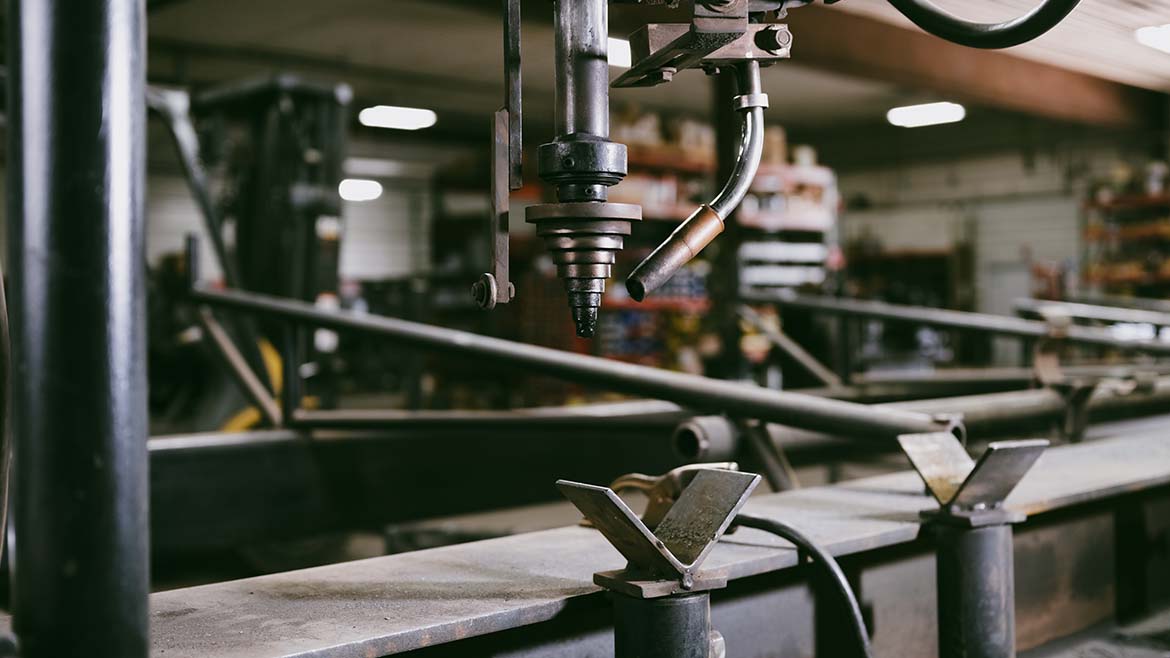
If there’s one thing that’s always been true of manufacturing, it’s that it marches hand-in-hand with evolving technology. As digital transformation marches forward, you want to have your manufacturing business stay on the leading edge of that technology by keeping on track with both trends and advancements that are becoming available for manufacturers.
Prior to the COVID-19 pandemic, manufacturing companies saw that they had plenty of time to adopt new technology. However, given the radical changes that COVID-19 has had in how we work, live, and play, the speed of digital transformation has accelerated dramatically. So how do you take advantage of these new opportunities without breaking the bank? To move your company forward into the fourth Industrial Revolution successfully, you’ll need to balance investment intelligence with strategic planning and cost management.
Digital transformation technologies trending in manufacturing
When you’re looking at the top manufacturing technologies trending in digital transformation, it can seem like a veritable alphabet soup of acronyms. Artificial Intelligence (AI), Internet of Things (IoT), Software-as-a-Service (SaaS), and Augmented Reality (AR) are joined by the move to the cloud and enterprise integration.
As these technologies grow, they can drastically improve your company’s efficiency, productivity, and overhead. They can provide a strong positive return on your investment, and wireless connectivity – 5G, WiFi, and Bluetooth – make it simple to connect your entire production line. These investments make it simple to develop production schedules, supply maintenance, and performance assessments from anywhere with an internet connection.
Collaborative mobile robots – “cobots” – are technology about a decade old and are now found in several parts of the world. These robots are AI-enabled, making it simple for them to work alongside human employees. As the technology continues to improve, the robots are becoming more affordable and versatile than industrial robots, partially because AI makes it possible for them to adapt to tasks.
“Cobots” can apply pressure, weld, fasten, make cuts, and do similar tasks consistently. This makes your products and processes better, while improving efficiency and productivity, reducing potential safety hazards and making it easier to find labor without eliminating human jobs at factories. It’s expected that the global cobot market, which was $680.3 million U.S. dollars in 2019, will grow by 38.5% to $942.8 million U.S. dollars by 2027.
AR apps can make it easier for machine operators to see general maintenance issues, fuel levels, and similar information in real time. They can even provide simple repair instructions on the spot. A network of sensors using IoT technology allows your machinery to communicate with cloud software, making it easier to access equipment performance insights, how employees work with their equipment, and similar details. The remote workforce caused by COVID-19 has made enterprise software integration and cloud solutions essential for manufacturers to connect user-friendly apps and pertinent data across a range of both in-house as well as remote devices.
Managing manufacturing costs to support smart investments
Unfortunately, the pandemic has caused numerous manufacturers to take their focus off of digital transformation and onto short-term survival. This has required significant cost-cutting for many businesses. But what if you could turn these now-meticulous cost-management actions into solid gains in the long run? Because you may have already minimized a number of expenses, you may find yourself with more resources available as the pandemic hopefully begins to wind down.
For many months, you’ve minimized travel expenses and overnight delivery as people begin to plan out their workweeks more sensibly. Employee expense reports may be more carefully scrutinized to make sure they fall under your reimbursement policies. Check whether your contractual obligations are delivering the best possible value for equipment leasing, utilities, and similar expenses. Negotiate pricing with vendors and suppliers to help cut costs. Look for additional opportunities to reduce costs and improve efficiency.
Have you been tracking your COVID-19 costs? You can use documentation of these expenses for some grants and tax credits. Stay up to date on legislative options to help your business, including the Emergency Injury Disaster Loans, Employee Retention Tax Credit, or Paycheck Protection Program. Watch for future tax breaks, including 100% deductions for business-related food and beverage expenses in 2021 and 2022. Carefully tracking these expenses now allows you to benefit later.
If your business is still struggling, start by reducing or eliminating discretionary spending. Using financial statements such as cashflow projections and business forecasts can help you stay ahead of potential shortfalls and deficits. Stay on top of your liquidity needs, assess your borrowing capacity, and leave room in your budget to make smart investments in digital transformation that will leave you ahead of the game when the pandemic is a faded memory.
By keeping your spending in check and researching the potential of digital transformation technology, you’ll be ready to make smart investments in your business both now and long into the future.





